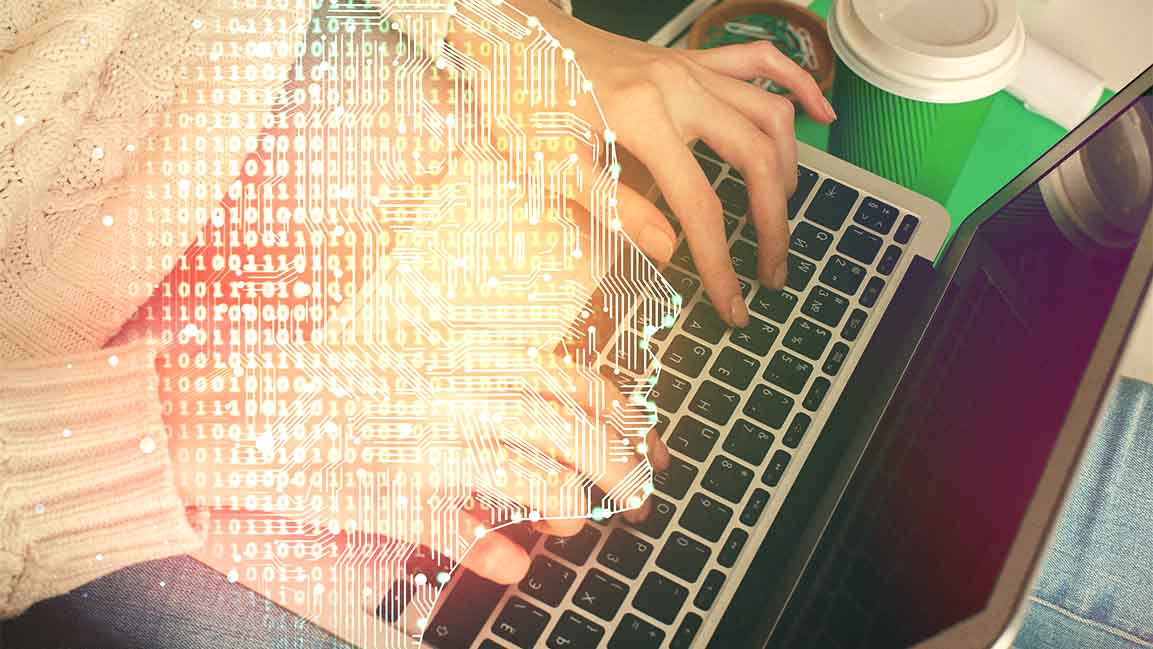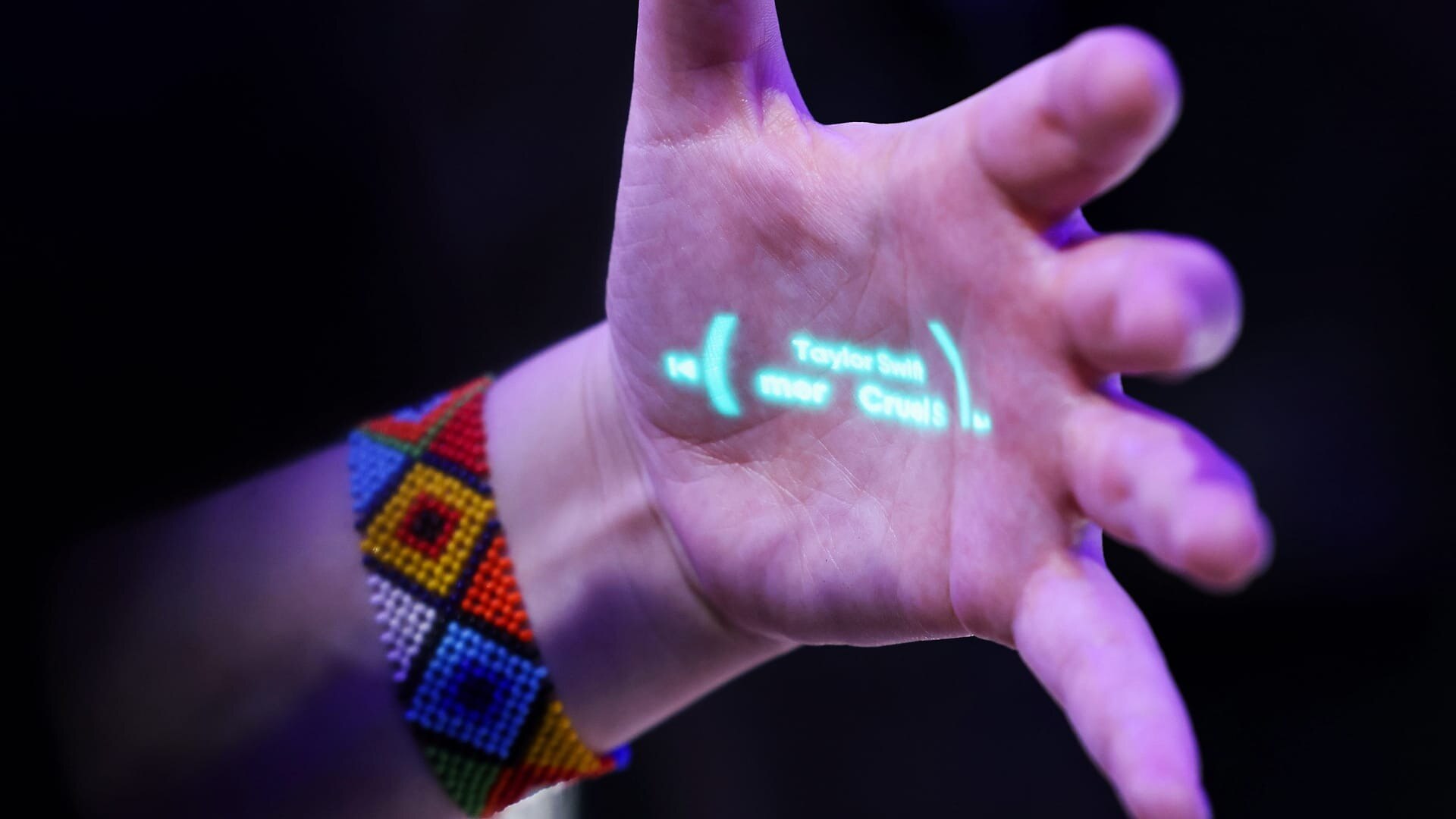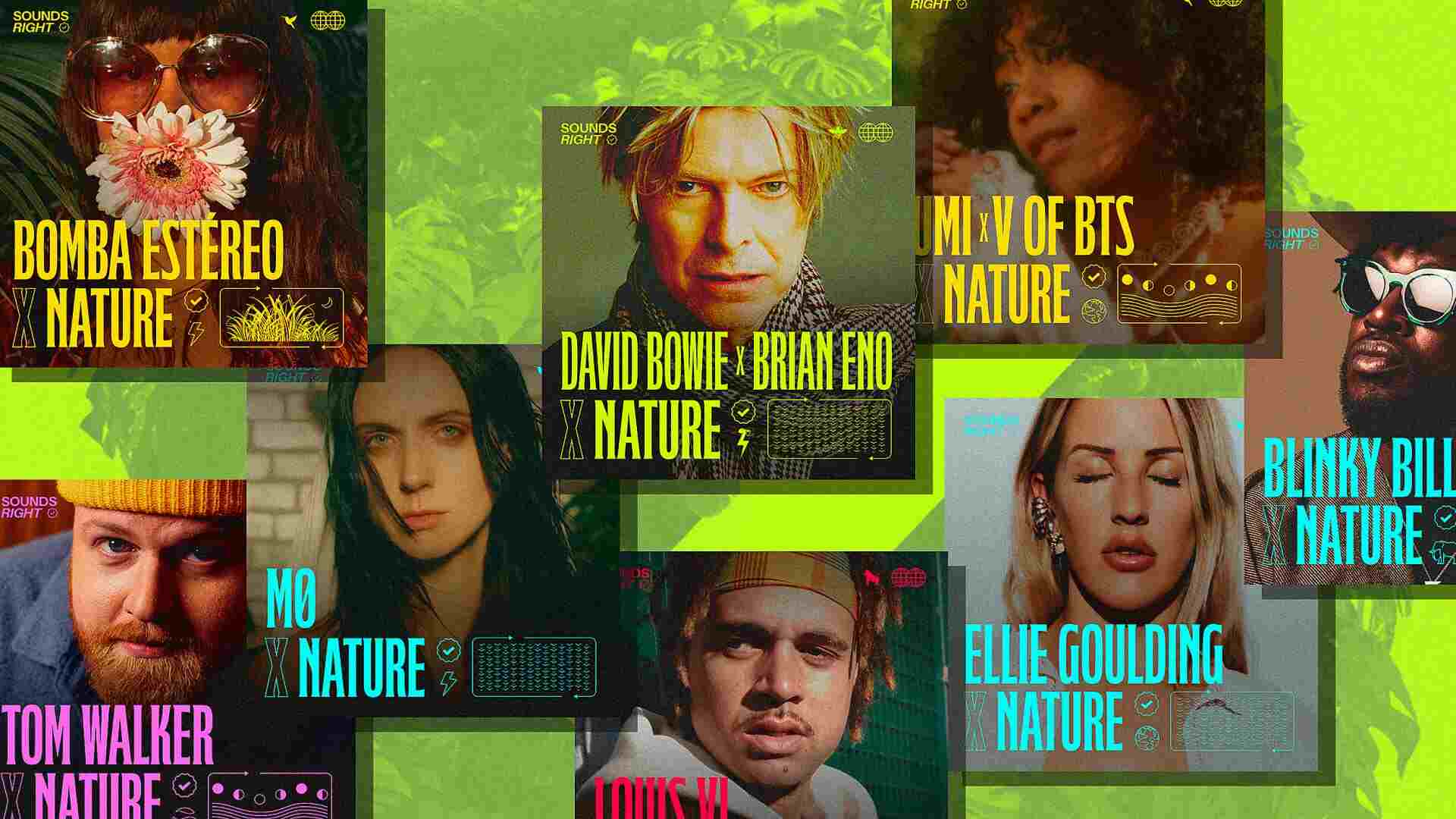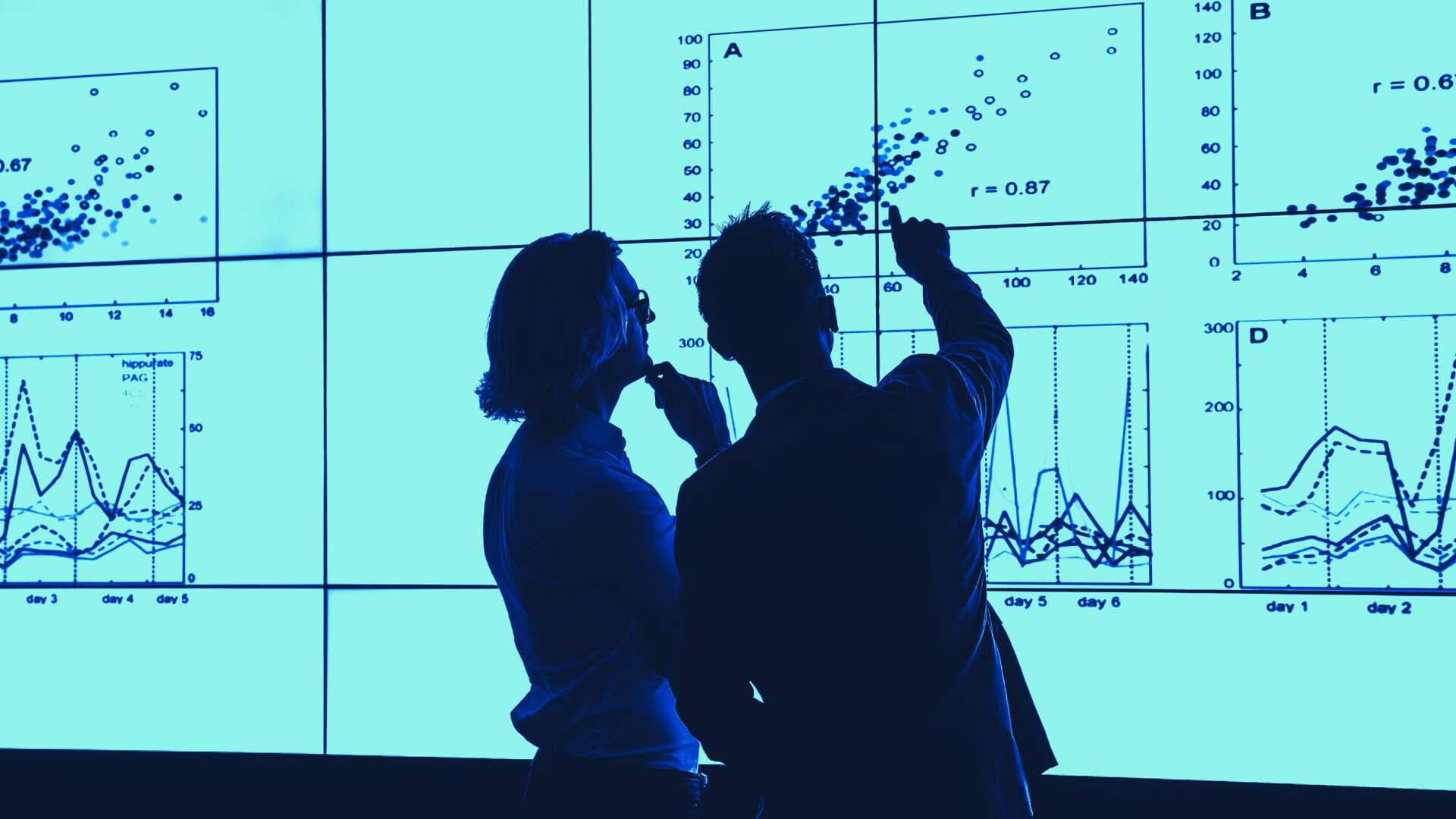- | 1:00 pm
Doctors are taking to TikTok to offer guidance on monkeypox—and to dispel harmful myths
Two-and-a-half years after COVID-19’s emergence, doctors are once again utilizing their social media savvy to address the monkeypox outbreak.

For nearly a minute, TikTok viewers can hear the person crying over the sound of a running shower, lamenting that they “can’t even describe the pain.” The video is overlaid with a large text bubble, obfuscating the sufferer’s face. Accompanying the video, gastroenterologist Dr. Carlton Thomas offered a frank and haunting caption: “The agony of MonkeyPox is real.”
Thomas has been routinely posting about monkeypox since late June, meaning he started sharing information about the disease to his nearly 270,000 TikTok followers weeks before the World Health Organization (WHO) declared it a global health emergency. “I think that hearing real-time suffering and seeing people with real stories of what truly is happening helps dispel the false narrative that this is a painless disease and shows how truly serious it is,” he tells Fast Company. “This disease is not to be taken lightly, and these videos drive that point home.”
Thomas is just one of many medical professionals using TikTok to warn users of monkeypox risks, share vaccine information, encourage testing, and fight against harmful misinformation. It’s a social media phenomenon not unlike what we saw during the early days of the COVID-19 pandemic, when doctors and other health professionals proved an indispensable best public health resource.
Now, two-and-a-half years later, doctors, whose advice on all things COVID-19 has earned them huge followings on TikTok, are once again utilizing their internet literacy to address the monkeypox outbreak.
To be sure, monkeypox isn’t nearly as easily transmittable as the coronavirus and is rarely fatal (though patients often report debilitating pain as a result of the characteristic rash). As of Monday, the U.S. has confirmed at least 8,934 monkeypox cases across nearly every state, according to the Centers for Disease Control and Prevention (CDC). However, that number is likely to be a vast undercount, as testing is still difficult to access for many.
The monkeypox virus primarily spreads through direct contact with infectious sores, scabs, and bodily fluids. The majority of people who have contracted monkeypox in the U.S. so far are men who have reported having sex with men (though it’s not yet clear if other activities, such as close body contact to lesions or other bodily fluids, led to transmission).
It also can be transmitted through close contact with recently contaminated materials, such as bedding, clothing, and towels.
But that guidance doesn’t offer a ton of actionable advice, aside from limiting sexual partners. And a large cohort of TikTok users aren’t sure what constitutes risky contact. Most people will, understandably, hear about a virus that can cause extremely painful, obvious sores that can last for weeks and immediately wonder what they can do to avoid contracting it. Common things like trying on clothes in a fitting room, using a gym towel, going to the nail salon, or sitting on a public toilet seat have all become sources of anxiety. “People are very worried about getting it in normal situations,” says Dr. Katrine Wallace, an epidemiologist with nearly 268,000 TikTok followers. “It’s very unlikely that you would get monkeypox from a casual situation like a store or a coffee shop, public transit, something like that. It really takes very close contact like sex or actually touching the person’s infected rash.”
Since people are spending more and more time on TikTok, it makes sense that users would turn to the platform to find answers. As of Tuesday, #monkeypox had 1.2 billion views on the platform, while #monkeypoxprevention racked up 7.1 million.
A large part of the TikTok doctors’ mission is dispelling the dangerous, homophobic narrative that monkeypox is a disease that only gay or bisexual men contract. Since the virus has primarily been spreading in the U.S. through men having sex with men (MSM), officials have to toe the fine line between wanting to direct resources to the most at-risk community while also avoiding the false message that it only spreads between actively sexual gay men.
“Once I started seeing those cases brewing [in Europe], unfortunately the way it was presented, that they noticed it was predominantly occurring in gay men, I just knew that anchor bias was going to occur, that everyone was going to attribute it to just gay men,” says Dr. Berry Pierre, an internist with 29,000 TikTok followers.
That could scare people from coming forward with potential cases and avoid testing in order to avoid the stigma, Wallace adds.
“It’s just unfortunate that the messaging has kind of become the main point of this and not controlling the public health emergency,” she added. “There’s nothing biological about being an MSM or gay person that causes you to have a greater risk of monkeypox. It just so happens that it is spreading in these very highly interconnected social networks.”
The need for the easy-to-understand videos comes at a time when some say the government is failing in its response to containing a virus—an especially troubling allegation, given that the U.S. is home to the largest monkeypox outbreak in the world.
It’s a parallel to what we saw in the early days of the COVID-19 pandemic, when many found long wait times for tests and shots. So far, the federal government has shipped more than 600,000 doses of the monkeypox vaccine, called Jynneos, across the U.S., according to the Department of Health and Human Services. Millions more are on the way, but it’ll take months for those doses to get through production and distribution.
“We haven’t done the best job at delivering the message, especially from a public health perspective, Pierre says of the monkeypox outbreak.
The WHO declared the outbreak a global health emergency in late July, which some viewed as delayed. President Biden last week also appointed a national monkeypox response coordinator to guide the administration’s strategy and increase the availability of tests, vaccines, and treatments. Days later, the administration officially declared the monkeypox outbreak a public health emergency.
That’s led some health experts to worry that the U.S. is running out of time to contain the outbreak—an anxiety that speaks to the importance of social media at this moment.
“One of the reasons why I got on social media—and I do kind of blame my profession a bit—is because we weren’t on social media to do the health education,” Pierre says. “We allowed others who don’t really know what they’re talking about, we allowed them to be the voice of what is correct. So because of that, you had this depth of misinformation that’s out there and even disinformation.”
The spreading of false information has become commonplace. Some users have been using TikTok to promote false conspiracies, like the delusion that the outbreak was ushered in to interfere with the 2022 midterm elections. TikTok’s community guidelines ban harmful misinformation, which it defines as content that is inaccurate or false and includes “the undermining of public trust in civic institutions and processes, such as governments, elections, and scientific bodies.”
Still, a simple search in late July and then again on Monday led Fast Company to see several videos and comments making false election claims. Others have claimed false links between COVID-19 vaccines and monkeypox. TikTok removed the videos that Fast Company specifically referenced in its request for comment on this story, but others are still up.
“We’re removing the content that violates our policies. TikTok does not allow content which violates our Community Guidelines on medical misinformation, and we’re working with fact-checking partners to help assess accuracy,” a TikTok spokesperson said in response.
There’s also concern over the rise of the medical influencer who is creating content (often false and terrifying) in an effort to build a following. BuzzFeed News reported last week that some health experts are using the outbreak and the public’s growing anxiety to build their Twitter followings.
Of course, there’s a vast difference between people sharing their opinions to provoke fear among followers and those who are using their platforms to share facts and prevention measures.
“The number of us that are kind of connected in talking about [monkeypox] are really trying to educate on what’s going on, try not to freak people out, and also remind people that we’re still in a pandemic,” Wallace says.
On the day we spoke, the U.S. had reported around 3,500 monkeypox cases in total since the May outbreak. The day prior, it had recorded more than 220,000 new COVID-19 cases nationwide, according to data from the New York Times.
For Wallace, the challenge is getting users to visualize the magnitude of COVID-19 compared to monkeypox. “When you hear about a new emerging disease, you just get scared and think you’re going to get it,” she says. “I’m not saying not to mitigate and not to worry about it, but there’s just much more risk of getting COVID in all of these situations that people are running past me than monkeypox.”






































